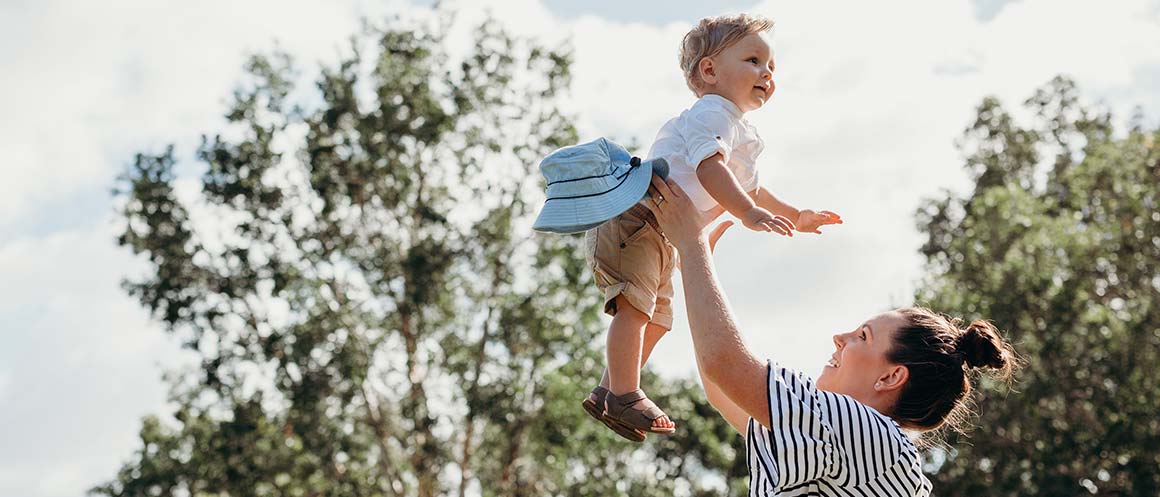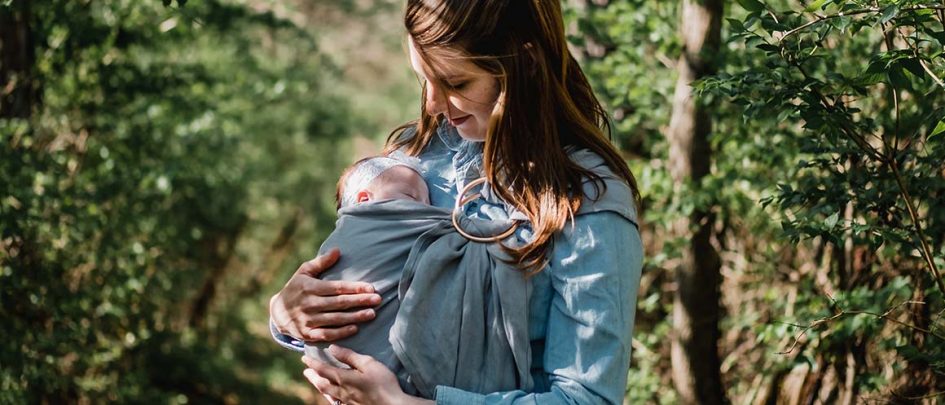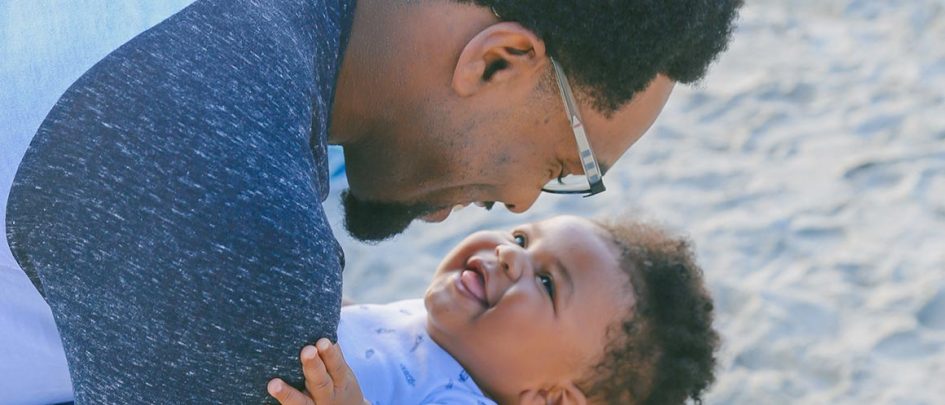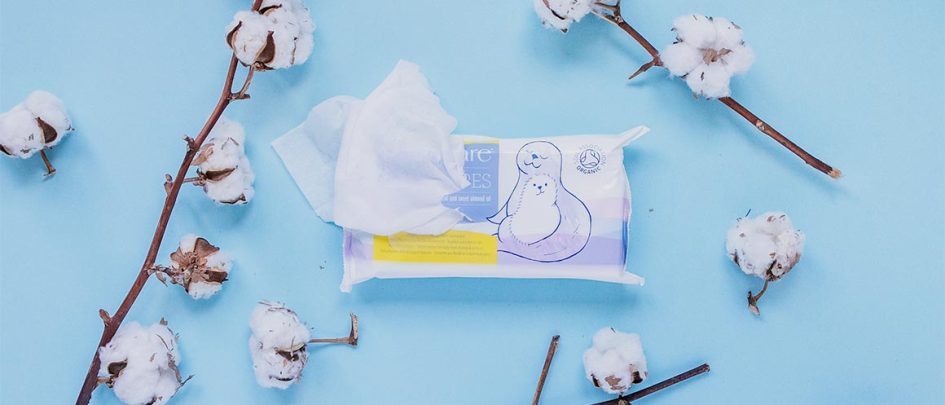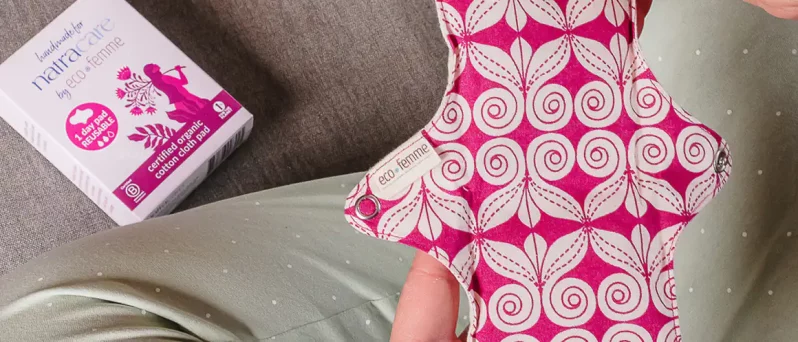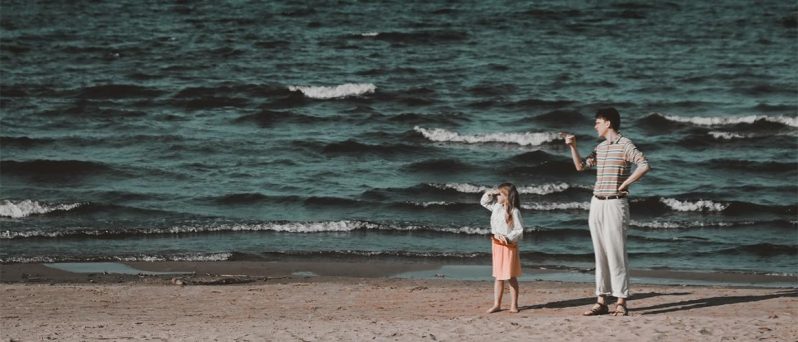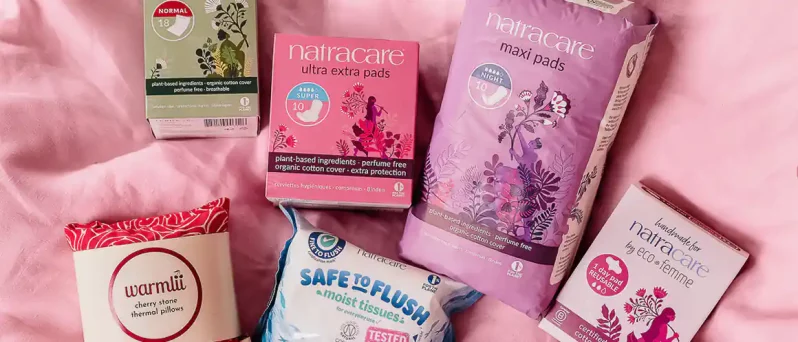If you’re thinking of having a baby, or perhaps you’ve already got young children, then you’ll be thankful to discover the Healthy Baby Guide. It is a really comprehensive kit with all the essentials about protecting your family from harmful chemicals.
We spoke to Cassidy Randall from Made Safe to learn more about why they’ve produced this guide and what her top tips are for parents.
Q: Describe the Healthy Baby Guide in 5 words
Amazing resource for healthy living!
Q: Why did you launch the Healthy Baby Guide?
There are over eighty thousand chemicals in use today, and some of them are known to scientists to cause a range of diseases and conditions from cancer to ADD to early puberty. The problem is that right now, parents almost need a Ph D. just to go shopping and figure out whether or not something is safe to use with their families. Parents are already busy enough without having to research what harmful chemicals might be lurking in their child’s bottle, mattress, or baby wash.
That’s why this guide makes it easy for parents (and for anyone interested in healthy living!). It includes tips and product recommendations, and it’s broken down by rooms in your house for ultimate ease. For those who want to go deeper, it also contains a primer on some of the most common toxic chemicals in plastic and other everyday products and how those impact our health.
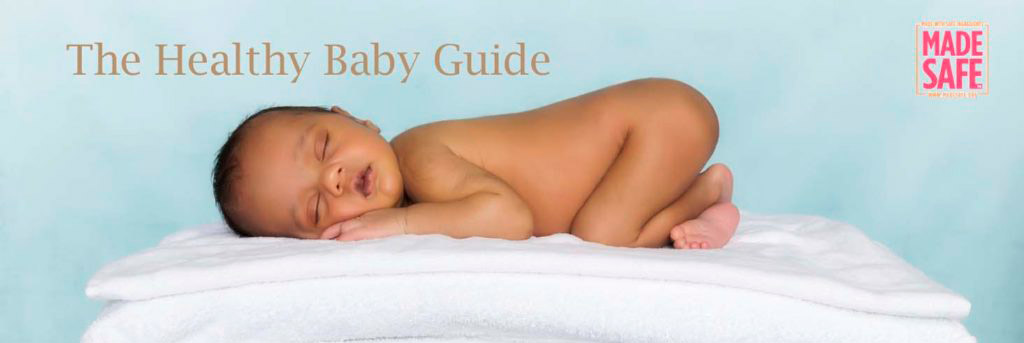
Q: What are the worst chemicals babies are exposed to?
These are some of the most common toxic chemicals babies are exposed to, with ways to avoid them:
Flame Retardants are found in bedding and foam baby products like nursing pillows and nap mats. They appear immediately in the bloodstream and urine, and are linked to long-term impacts like endocrine disruption, lower IQ, ADD, fertility issues, impact thyroid levels and cancer. What’s worse, studies show these chemicals do not prevent fires and aren’t necessary.
Phthalates are chemicals used in fragrance, which means they can be in scented cleaning, laundry and personal care products, as well as in vinyl, as they’re also plastic softeners. Phthalates are endocrine disruptors that are linked to reproductive malformations in baby boys, reduced fertility, developmental disorders, asthma, and increased allergic reactions. They’ve also been identified by Project TENDR (Targeting Environmental Neuro-Developmental Risks) as “a prime example of chemicals of emerging concern to brain development.”
Look for fragrance-free cleaners and personal care products, non-vinyl bibs and crib mattresses without vinyl covering.
BPA & BPS are found in plastic containers like baby bottles, sippy cups, and other feeding containers, plastic food packaging and canned food liners. The good news is that the FDA banned the use of BPA in baby bottles and children’s sippy cups in 2012. The bad news is that research is emerging that its replacements (BPS, BPE, BPF and numerous others) are also toxic. Some studies suggest that almost all plastics have estrogenic activity and therefore could leech endocrine disrupting chemicals.
Look for baby bottles with nipples made from hospital-grade silicon, and switch to glass and stainless steel containers & bottles where possible.
Want a safer nursery? There are more tips here in the Healthy Baby Guide.
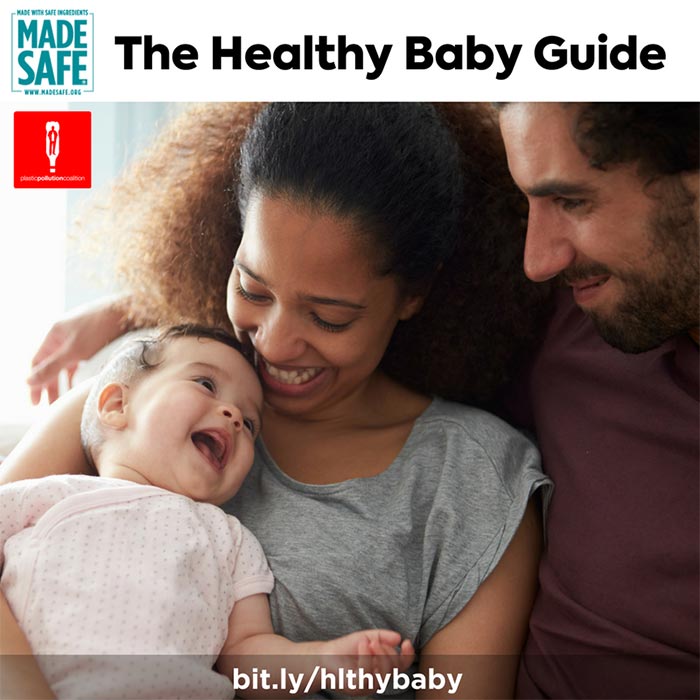
Q: Plastics are dreadful for the environment, but how do they affect our health?
The primary chemicals of concern used in plastics are bisphenols and phthalates (see above for more specific information on these chemicals). Here’s what research has shown:
- High levels of BPA in the body have been linked to reproductive problems in women like recurrent miscarriages, ovarian cysts, and endometriosis.
- Some studies show low sperm count may be linked to exposure to hormone-disrupting chemicals, and phthalates in particular.
- Chemicals in pregnant women’s bodies can be passed on to developing fetuses in the womb. For example, one 2005 study showed 287 industrial chemicals in the cord blood of newborns.
- Many studies are showing that exposure to toxic chemicals in critical windows of development, including in the womb, can have lifelong effects.
See more in this section of The Healthy Baby Guide.
Q: What are your top 3 tips for a new parent?
Don’t panic! While it can seem overwhelming to try to protect your child from all the chemicals lurking, studies show that even small steps to reduce exposure can tip the scales toward better health. For example, replacing a plastic baby bottle or sippy cup with a stainless steel option can lower the levels of BPA and other bisphenols in their bodies, which are hormone disruptors linked to cancer, infertility, heart disease, and other health problems. So pick one room or product to start with, celebrate your efforts, and keep moving from there. Every little thing you do to protect your children from toxics truly matters.
Whenever you can, avoid plastic and especially single-use plastics, i.e. things that get used once and disposed. Think plastic baggies, disposable plastic bags, straws, etc.
With baby products, think less is more and try to simplify the number of products in your home. Same with personal care: the average woman uses over 168 unique chemicals linked to some harmful health risk in their daily personal care or household routines that both go on your skin and down the drain, so reducing how many products you use is a good place to begin.
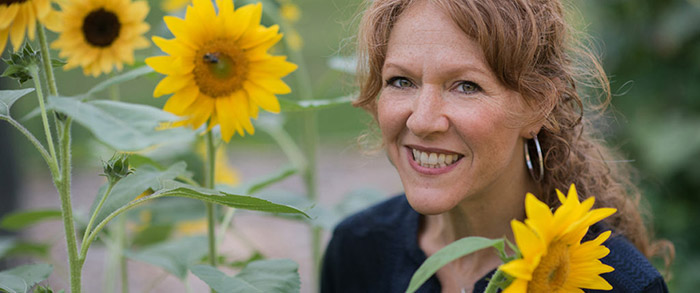
Q: Tell us about Amy Ziff, and why she started Made Safe
Amy is a healthy living educator with a genetic predisposition to toxicity. She’s also mom to three young kids who share the same trait. A little over 5 years ago, she had twins, and her life changed in more ways than just becoming a mom. Because they were sensitive to everything in ways her older daughter wasn’t: “they were allergic to diapers and creams and all the washes and lotions that claimed to be hypo-allergenic; they vomited when I breastfed them on “the” foam pillow moms were supposed to be using”
Back then she couldn’t figure out what was making her kids sick. But they say a worried mom does better research than the FBI! Amy put her masters in Journalism to work on the problem of what was making her children sick, and what she learned about the products for sale in this country was horrifying.
And that’s why she founded MADE SAFE (Made With Safe Ingredients), the first nontoxic certification that makes it easy for people to find and buy products that are made from safe ingredients that aren’t known to harm our health. Because everyone deserves to know what’s safe to use with our babies, on our bodies, and in our homes.
Prior to founding Made Safe, Amy taught classes on living a nontoxic life and co-founded the Veritey Shop, a site comprised of safe, nontoxic products. Amy is changing the world for the healthier one product at a time, one person at a time, one home at a time.
Take a look at the full Healthy Baby guide, and share with other parents!
